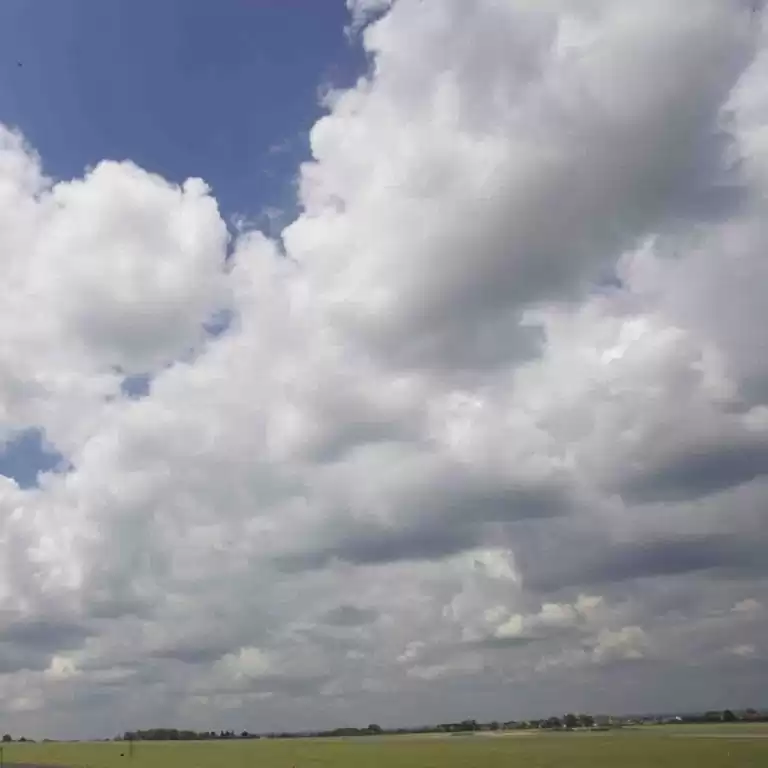
News Cameras: a look into the future
One million miles.
Many people still struggle to take a focused image of their dinner plate to upload to social media, but NASA has taken the perfect picture from over 1.5 million kilometres away.
A truly breathtaking photo in its own right, this incredible shot of the Earth, taken by the Deep Space Climate Observatory (DSCOVR), is even more of an achievement when you consider that the length of over 130,000 buses came between lens and planet.
The difficulty in getting the correct alignment is discussed on the White House’s Medium account, adding a further layer to this magnificent shot. As camera equipment is progressively getting smaller, perhaps it takes monumental images such as the “new Blue Marble” to remind us that there is still plenty of magic left behind the lens of a camera.
With that in mind, let us explore some of the interesting technological developments that expand on the humble camera.
Cameras are now standard in most new cars, with assisted parking becoming a standard tool of drivers alongside indicators and windscreen wipers. But a car manufacturer is now going one step further than just putting a camera on the rear bumper. Forget driverless cars (which still face a number of challenging obstacles and could take up to 10 years to start appearing on Britain’s roads) this is something that could be implemented imminently.
Ford is to utilise cameras in headlights. They simply scan the road ahead for potential obstacles or dangers, and then alert the driver on a dashboard display. Naturally this is aimed at night time driving. In addition to this, it uses additional spotlights to help increase vision.
Entirely different technology – though once again based on a simple camera system – is helping to increase vision. Literally.
80-year-old Ray Flynn has become the first person in the world to be fitted with a “bionic eye implant”. Losing his central vision, he could only see with his peripheral vision. But thanks to the Argus II implant, manufacture by Second Sight, he now has some sight back – with help from a tiny camera.
Mounted in glasses, the miniature device is converted into electrical pulses and sent to the retina. From there, information is sent to the brain and this creates a basic outline of objects for the patient to see.
What it also means is Ray can now see with his eyes closed. That is right – seeing ‘without’ eyes. Although the ‘view’ is not very detailed, it still gives hope to people who have the same and similar, age-related degeneration of eyesight.
And the final camera-related tech that has caught our eye this week is also inserted into a living being. A team of British conservationists are using a new system of GPS tags, heart rate monitors and camera implants to fight back against poachers of rhinos.
The tiny gear is embedded into the horns of rhino – without any pain or harm – and helps as part of a response system now in place. Called Real-time Anti-Poaching Intelligence Device, at first it reacts to any significant change in heart rate, potentially caused by being chased or attacked.
The camera is then switched on, helping park authorities to watch the environment around the rhino remotely. And coupled with the GPS information, it makes a useful system for deterring and stopping poachers.
As one of the UK’s leading time-lapse specialists, we make sure our equipment and bespoke systems are the most up-to-date they can be for our clients. We keep a close eye on new camera innovations to ensure this. If you would like to talk to us about your project’s time-lapse requirements, please get in touch.